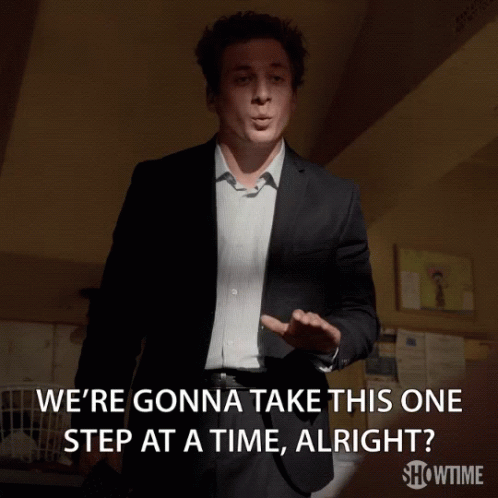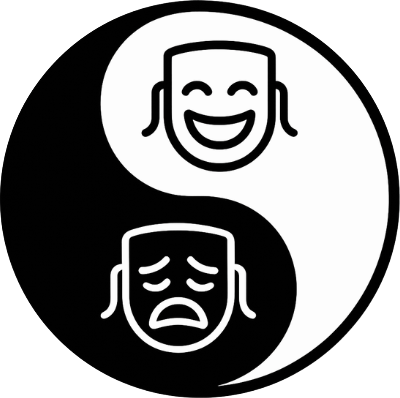Over-Programming Your Training Menu
We get monumental joy from Dojo actors sharing how they're slaying the game with their Training Menu. Your success is genuinely our success, so these stories fuel our fire.
In addition to having a front-row seat to the wins, we've also had an intimate insight into the biggest stumbling block: over-programming. Which shouldn't come as any huge surprise seeing we (respectfully) stole the concept from the sporting world where over-programming is a significant stumbling block, too.
If you're the kind of human to jam at the Dojo, you're likely also the kind of human who will stack their Training Menu – that is, over-program – and as a result, feel too overwhelmed to start or become too burnt out to sustain.
In the sporting world, coaches and / or support teams exist (assuming they're doing their jobs right) to guard against this setting back their most ambitious and driven athletes. Until our industry realises acting peak performers need coaches and / or support teams too, consider this being us stepping into those roles. We'll also continue to work on the bigger, systemic issue, but that's 🙃 gon' 🙃 take 🙃 some 🙃 time.
Backed by science; built for the stage and screen.
👊 Actors:
Get evidence-informed insights and strategies to support your performance and well-being. Join the Dojo e-newsletter tribe and make thriving your reality.
🧭 Drama schools & Production companies:
Bring pioneering, research-backed coaching into your classroom or rehearsal room. Let’s talk about supporting your actors to perform at their peak – and stay well in the process.
The point
Training Menu are valuable because they provide structure on a path that typically offers next to none. Especially in the off-season, when we don't have an eight-show week or shooting schedule to build our days around.
But therein lies the first tripping point – the solidity of a Training Menu can be so reassuring, so relieving, so anxiety-reducing that we can forget it's a tool and not the thing. It can be so comforting to finally have something so tangible, that we lose sight of its purpose: to inch us closer to our definition of success.
Goodhart's Law posits that "when a measure becomes a target, it ceases to be a good measure".[1] A Training Menu can be an effective means, but it isn't the end. The goal isn't to smash a week's worth of tasks, the goal is to sidle up to our vision of success. As always, the main thing is to keep the main thing the main thing.[2]
The not-point
The second tripping point comes when we confuse having Ambitious-Ass Goals (derived from our definition of success) with having an ambitious-ass Training Menu. We want the former, not the latter.
Our primary school Physical Education teacher liked to set us "achievable challenges". That's as ambitious as our Training Menu should get, and it needn't even be that. Yes, our tasks should be directly derived from our Ambitious-Ass Goals and definition of success, but they should be doable – day after day after day.
Small steps taken often > a large leap taken never.

Since releasing the online course in 2021, we've witnessed a bunch of successes, and – to be completely candid – more than a few stumbles. Let's make sure you fall in the latter camp, yeah? Let's keep the main thing the main thing, and let's remember that "slow is smooth; smooth is fast".[3]
Love what you’re reading? Help us keep it flowing. Donations support the research, writing, and free sharing of evidence-informed tools for actor performance and well-being. Every dollar fuels our mission to make thriving a reality for actors everywhere 🔥
Citations
[1] https://en.wikipedia.org/wiki/Goodhart%27s_law#cite_note-Strathern1997-1
[3] https://usmilitary.com/slow-is-smooth-and-smooth-is-fast/#originsofthemantra
Cite us!
IG: @theactorsdojo
APA 7: Norrish, T. (2024, September 27). Over-programming your training menu. The Actor’s Dojo. https://www.dojoactors.com/over-programming/
